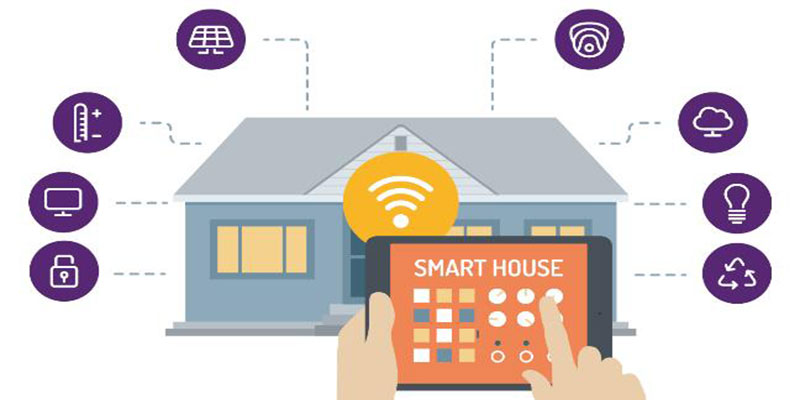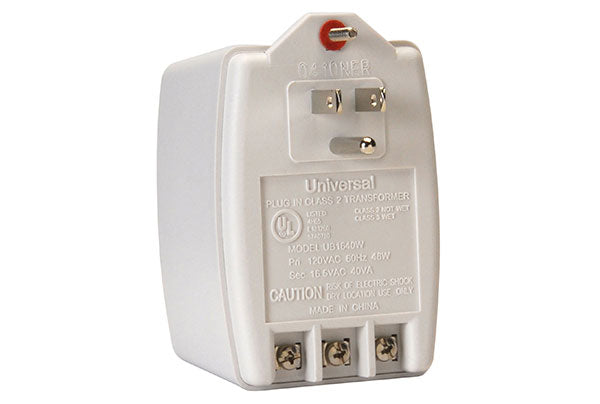
ADT is a top provider of security and automated solutions to American home and business customers. ADT recently unveiled Blue by ADT, a DIY smart home security brand based on the work of LifeShield, which the company acquired earlier this year. It was created to address the lifestyle-driven security needs of customers who are looking for solutions that fit their lifestyles.
Pricey cameras
Blue by ADT security includes smart security cameras as well as sensors. You can set rules and receive emails almost instantly. This system is also backwards compatible with existing LifeShield security systems. Blue's only drawback is its high price. Other options are available if you want a complete solution.
Blue by ADT doorbell camera are weather-resistant. This means that they will not be damaged by extreme temperature. They can also be powered by an external source making them suitable for outdoor use. These cameras last for up to six hours. The Extender + Chime can be purchased to extend the camera's battery life. It plugs into an electrical outlet. You can also use the Extender + Chime to play custom tones based only on motion and button presses. Although blue by ADT cameras are not equipped with a siren, they can be linked to an ADT security system.

It is easy to install
Blue by ADT, a smart home security solution with a variety of compatible devices and flexible service models, is called Blue by ADT. A month-to-month plan or a 24/7 professional monitoring package are available. Blue byADT is simple to install and setup in a new place.
It is simple to set up and offers 24-hour monitoring. Its mobile app gives you access to your security system, enabling you to arm and disarm it remotely. It also lets you change your security code and monitor sensors. You can access recordings and saved media through the app. Additionally, you will receive notifications for upcoming events. The app also allows you to manage users and access the history of events and notifications.
Smart home integration
ADT Blue smart home integration is a new feature that works with ADT's security system. It can be used with smart security cameras, as well the Blue base station (a smart home hub that has Z-Wave built in), and is compatible with ADT Blue smart home integration. Google bought 6.6% in ADT during the discontinuation of Nest Secure.
This smart system allows users configure and modify various settings to their security system. They can opt to receive push notifications or SMS alerts. Voice control is also possible. For example, you can control the system through Amazon's Alexa or Google Assistant. These devices can be used to monitor and configure automation sequences.

DIY options
ADT Blue offers DIY options that allow you to set up your own home security system. The devices are designed to be simple and intuitive to install, and you can manage them via a mobile app. You'll need to get an ADT base station, but once that's done, you can install and configure the Blue devices yourself.
ADT Blue has many DIY options that can be tailored to fit your budget and requirements. You have the option to choose from standalone cameras or multi-room system, or a mixture and match of both. The company offers excellent customer support and a vast knowledge base. Regardless of your budget, you can find a Blue system that will fit your needs and save you money.
FAQ
How do I choose between different types of home security systems?
Consider the threats in your neighborhood. An alarm that will sound when someone enters your residence might be a good idea if your area is plagued by crime. In rural areas where there are fewer burglaries, you might not need as much security.
You also need to consider whether or not you're willing pay more for these extra features. Some systems have cameras built-in, others don't. Some systems allow you to remotely monitor your home, while others require that you be present to view the footage.
What is the distinction between surveillance cameras and security cameras?
Surveillance cameras serve monitoring purposes, security cameras are used as protection.
Both cameras have their pros and cons. The main difference between them is the type of images they capture. Surveillance cameras capture video in slow motion so you can observe what's really happening. Security cameras, on the other hand, only record still images and video, which can be viewed later.
How much should I pay for alarm monitoring
Alarm monitoring prices vary depending on how frequently you need it monitored and what type of equipment is needed. Also, consider whether you are looking to pay an all-inclusive fee or just one monthly charge.
Statistics
- Most home security companies will charge you around 75% of the remaining term of your contract if you cancel early—and some require 100%.Related questionsWhat type of contract length can I expect from security providers?Home security system cancellation (safewise.com)
- Most home security companies will charge you around 75% of the remaining term of your contract if you cancel early—and some require 100%.Related questionsWhat type of contract length can I expect from security providers?Home security system cancellation (safewise.com)
- Depending on your insurance, 24/7 professional monitoring may qualify you for as much as 15% off your premium. (safewise.com)
- (In my experience, the discount on my home insurance covered about 25 percent of the subscription of an average plan, but your mileage may vary depending on your location and the size of your home.) (theverge.com)
External Links
How To
How to Install Home Security Systems
A home security system is a device that monitors your property and alerts you if there's any activity. It could consist of a motion sensor and doorbell camera as well as smoke detector, smoke detectors fire alarm, flood alerts, carbon monoxide detectors and burglar alarms. A home security alarm system often includes one or two sensors (e.g., motion detections), which send signals to the control panel when they detect movement. The signals are then sent by the sensors to a control center where they are recorded and monitored. If there's something wrong, like someone breaking into your house, the control panel sends out an alert to your phone, tablet, computer, or voice assistant. You will immediately be notified and can take appropriate action.
Selecting the right sensors for your home is an important step in installing a home security alarm system. There are two main types. Active and passive sensors. Passive sensors don't require batteries; they just pick up sounds and vibrations from their surroundings. They can be doorbells or sirens as well as buzzers. Active sensors transmit data by using electricity. Examples of such sensors include cameras and motion sensor.
There are many options for sensors. Each brand has its own pros and disadvantages. For instance, some sensors can be weatherproof while others don't. Some sensors have built-in speakers, so they can be heard even when you're not outside. Others only work inside. Some have simple features, while others provide advanced features like night vision.
After you have decided on the best sensors for your property's needs, you will need to choose a manufacturer. This will help you ensure your sensors work well together. The hardware store should offer many choices.
After choosing a brand of sensors to use, you can decide how many to purchase. Depending on whether they live with family members or alone, most people purchase one or two sensors. You might want to buy more sensors if you intend on adding them later.
Next, determine where you want your sensors to be placed. Are you looking for them to be near doors or windows? Or would you rather have them hidden? Before placing them on your property, get permission. Also, make sure they won't interfere with anything else, like electrical outlets.
Once you have determined where your sensors should be placed, you will need to find a way to connect them with your control panel. You may need a power adapter, or battery pack depending on the setup. Once you have everything set up, you'll be ready to monitor your property!